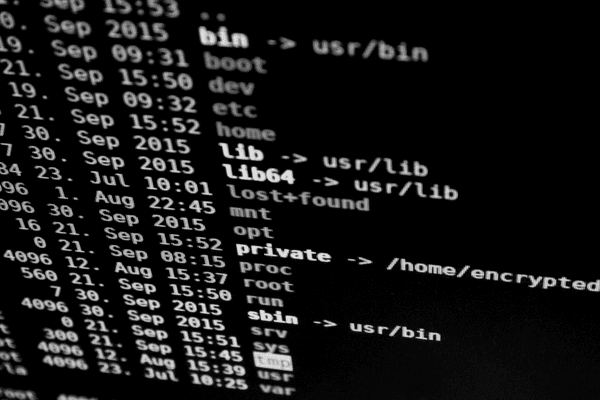As technology continues to advance, so does the sophistication of hacking techniques. Staying informed about the latest hacking trends is crucial for organizations to protect their valuable data and infrastructure. By understanding these trends and implementing robust preventive measures, organizations can strengthen their cybersecurity posture and safeguard against emerging threats.
-
Phishing Attacks
Phishing attacks remain a significant threat, targeting individuals and organizations through deceptive emails, messages, or websites. Prevention strategies include:
- Educating users about identifying phishing attempts
- Implementing email filters and spam detection tools.
- Enforcing strong password policies and multi-factor authentication (MFA).
- Conducting regular security awareness training.
-
Ransomware Attacks
Ransomware attacks encrypt critical data and demand ransom for its release. To prevent such attacks:
- Regularly back up data and verify the integrity of backups.
- Implement robust endpoint protection and network security measures.
- Patch software and systems promptly to address vulnerabilities.
- Educate users about safe browsing habits and the dangers of opening suspicious email attachments.
-
IoT (Internet of Things) Vulnerabilities
The rapid growth of IoT devices presents new attack vectors. Preventive measures include:
- Changing default passwords on IoT devices and using strong, unique passwords.
- Keeping IoT devices updated with the latest firmware and security patches.
- Segmenting IoT devices from critical networks.
- Implementing network traffic monitoring and anomaly detection tools.
-
Insider Threats
Insider threats involve malicious or negligent actions by employees or trusted insiders. To mitigate insider threats:
- Implement strict access controls and role-based permissions.
- Monitor and analyze user activities and behavior for any unusual patterns.
- Conduct regular security training and establish clear security policies.
- Foster a culture of security awareness and reporting suspicious activities.
-
Advanced Persistent Threats (APTs)
APTs are sophisticated, long-term attacks aimed at compromising specific targets. Prevention strategies include:
- Implementing advanced threat detection and prevention solutions.
- Regularly conducting penetration testing and vulnerability assessments.
- Segregating networks and implementing strict access controls.
- Regularly updating security systems and employing proactive threat hunting techniques.
Staying ahead of evolving hacking trends is vital for organizations to protect their sensitive data and infrastructure. By understanding the top 5 hacking trends - phishing attacks, ransomware attacks, IoT vulnerabilities, insider threats, and advanced persistent threats (APTs) - organizations can implement effective preventive measures. Through a combination of user education, robust security controls, regular updates and patching, network segmentation, and proactive monitoring, organizations can significantly reduce their risk exposure and defend against emerging threats. By prioritizing cybersecurity and adopting preventive strategies, organizations can safeguard their assets and maintain a resilient security posture in the face of evolving hacking trends.


